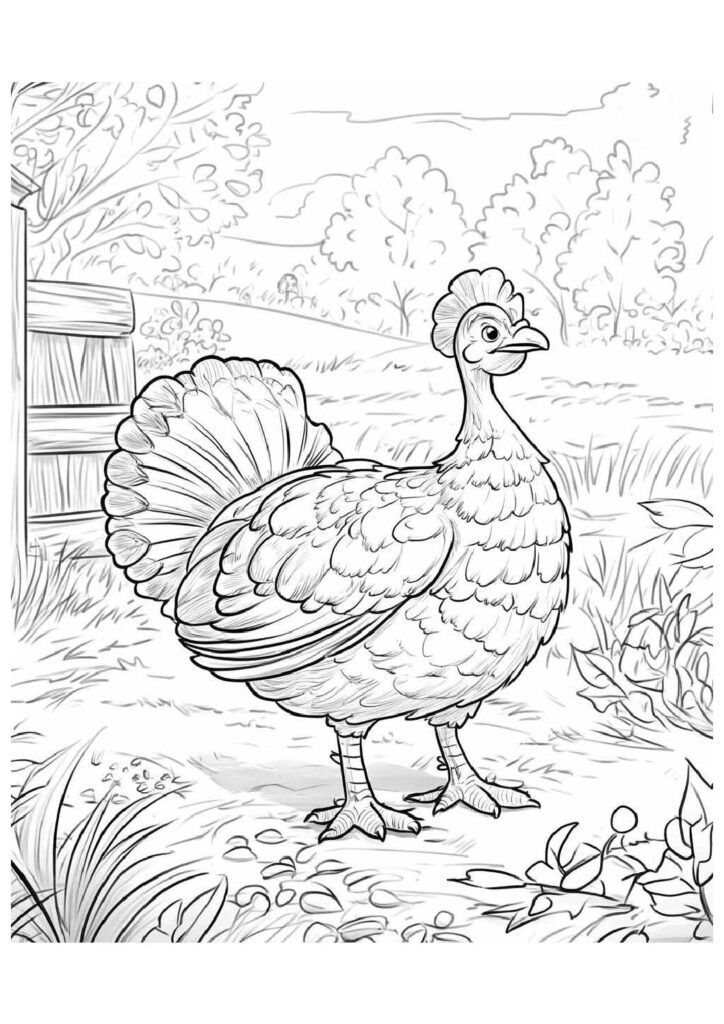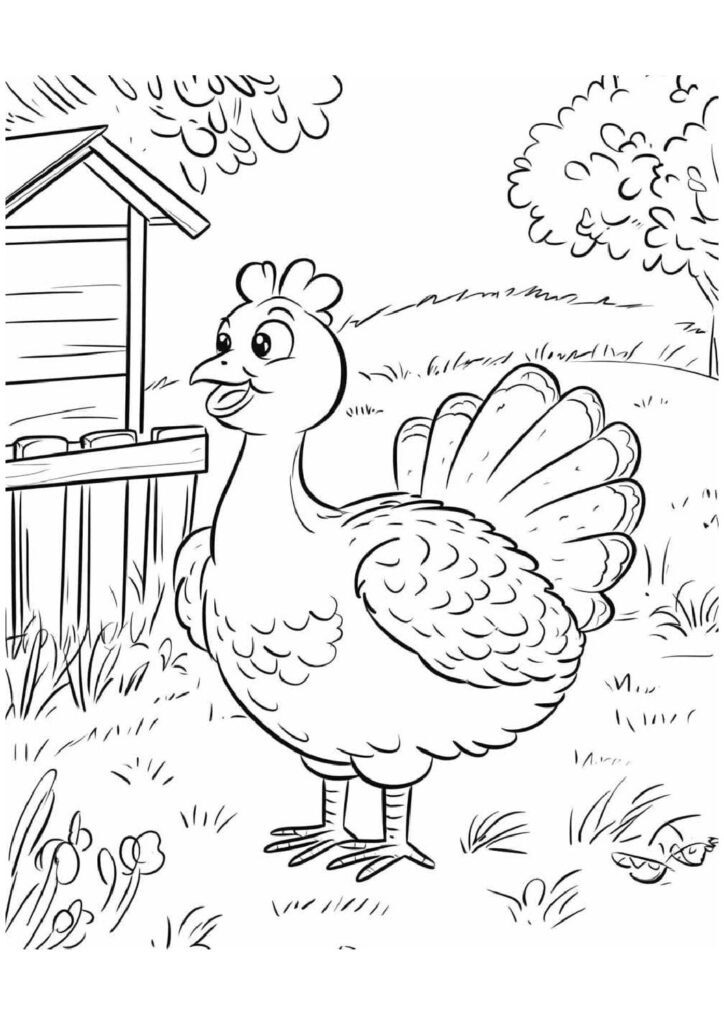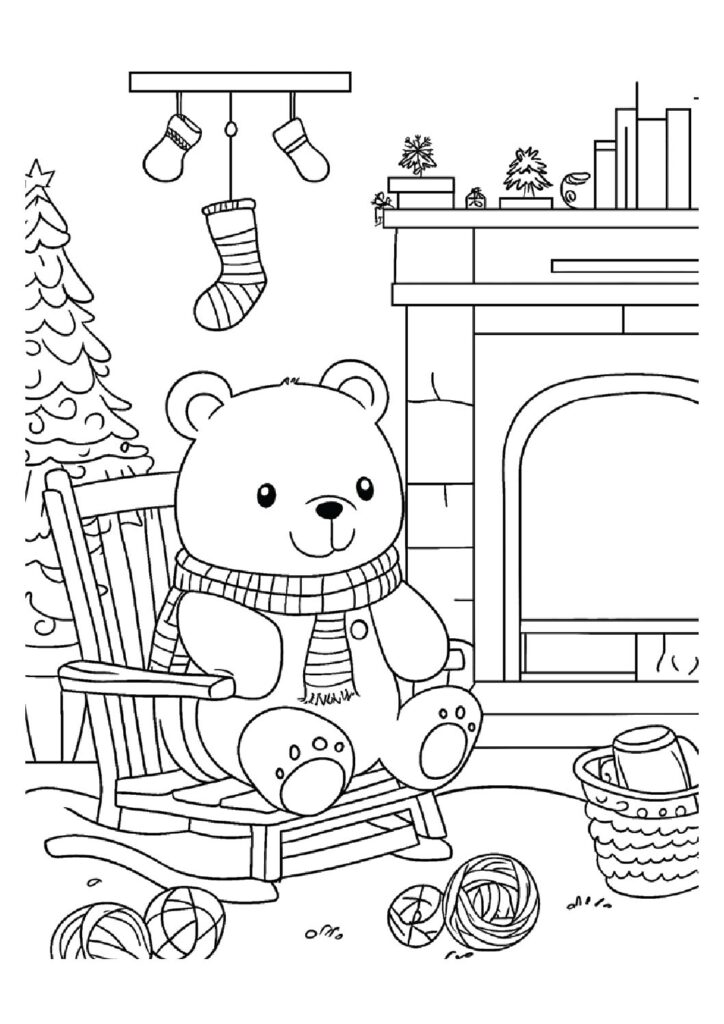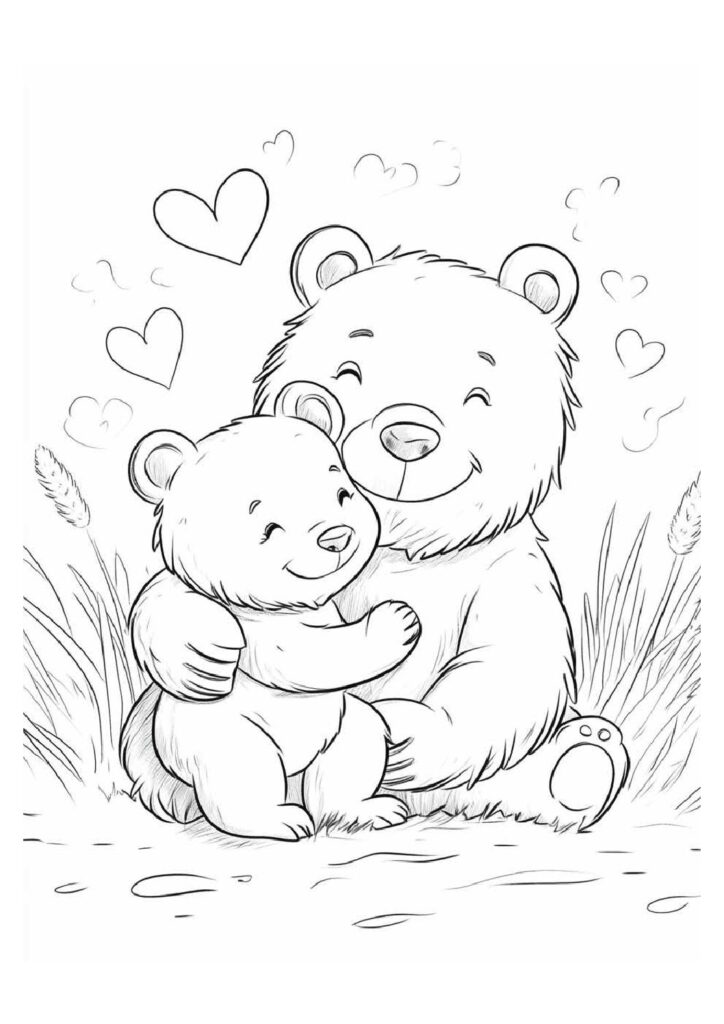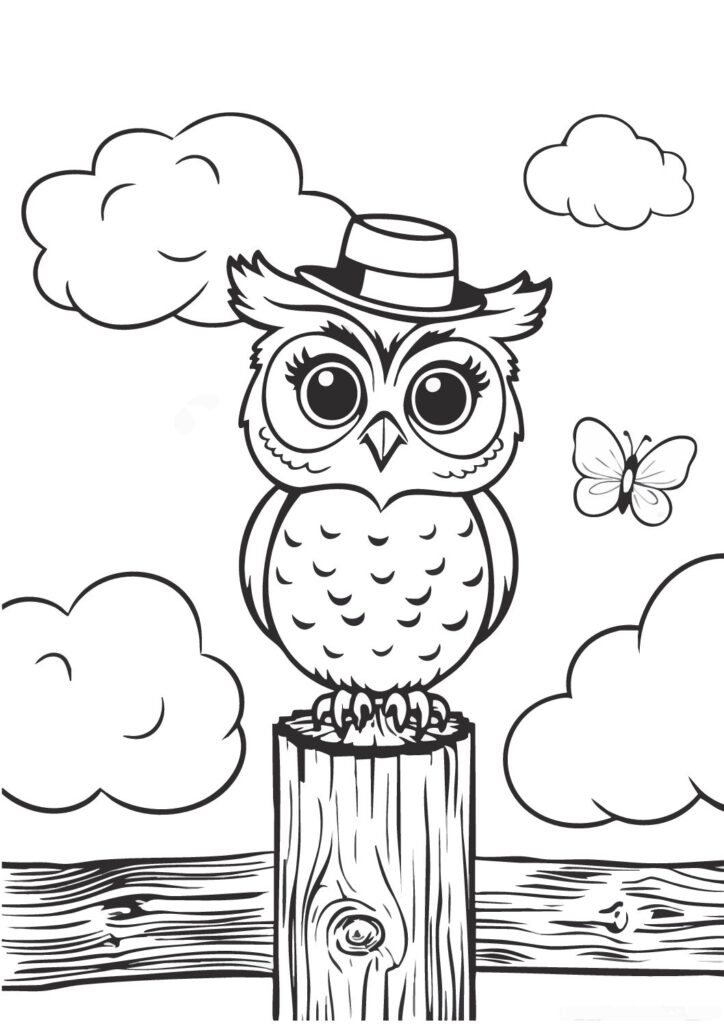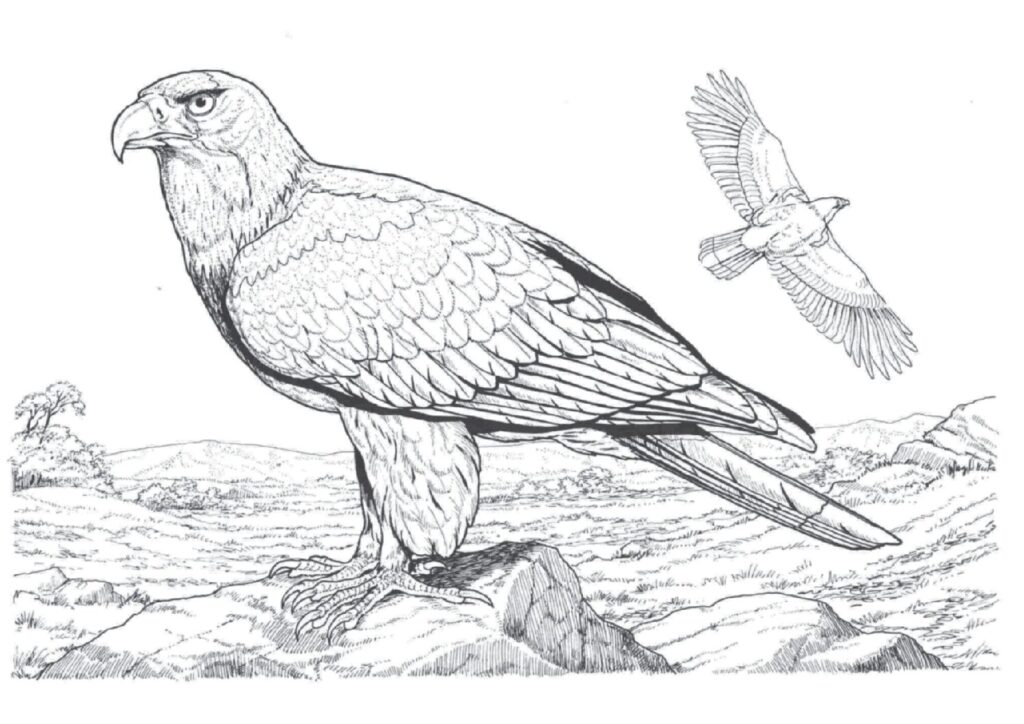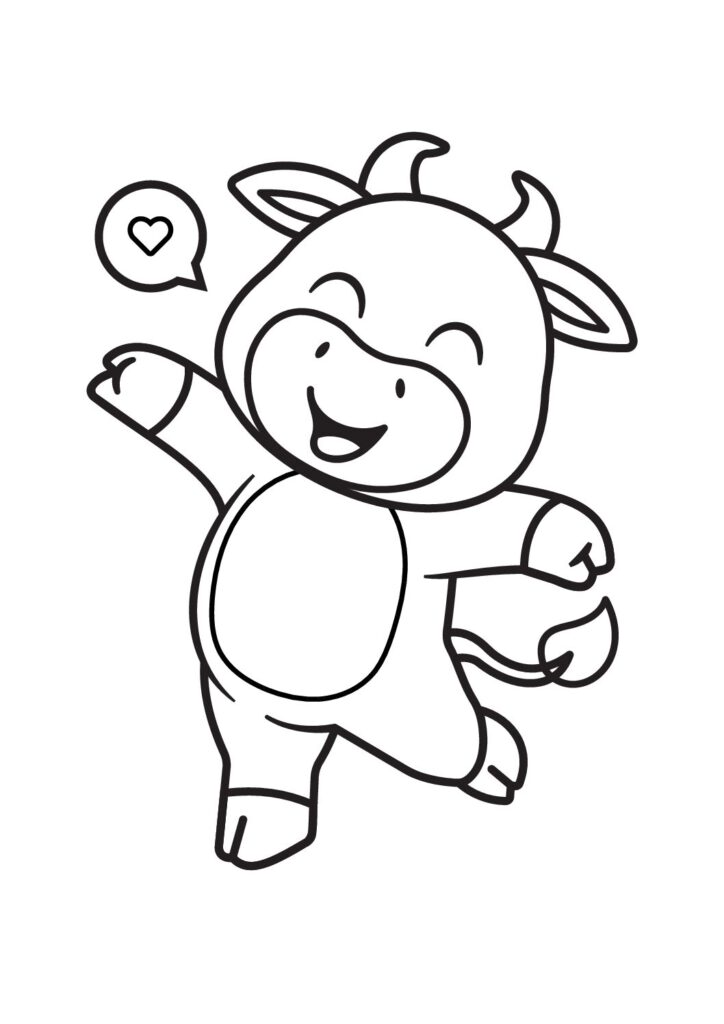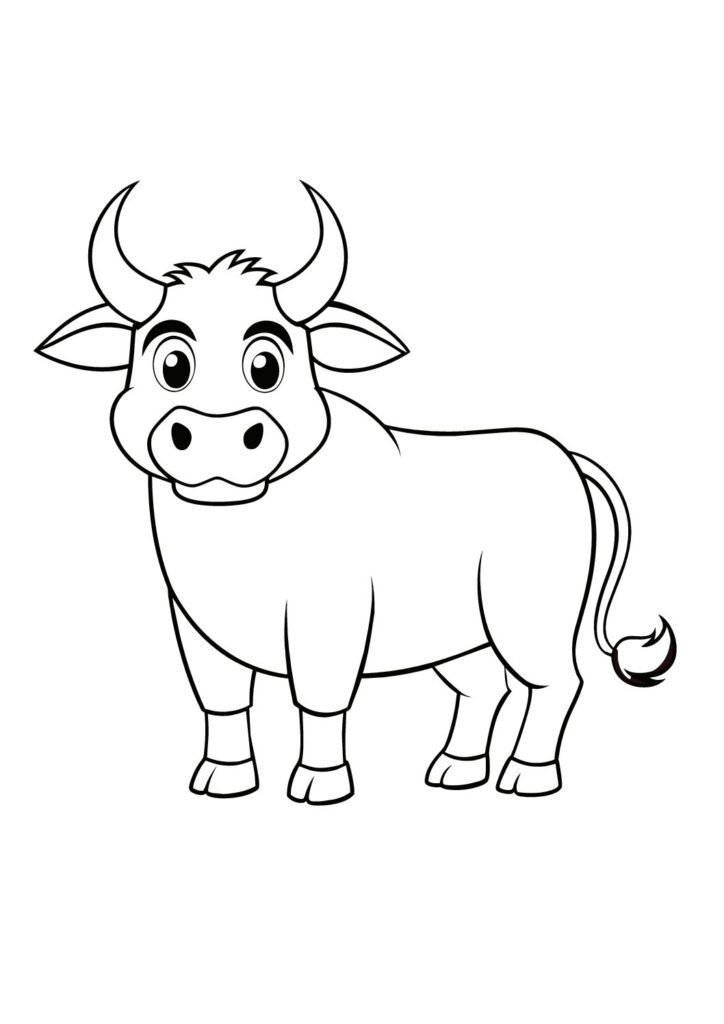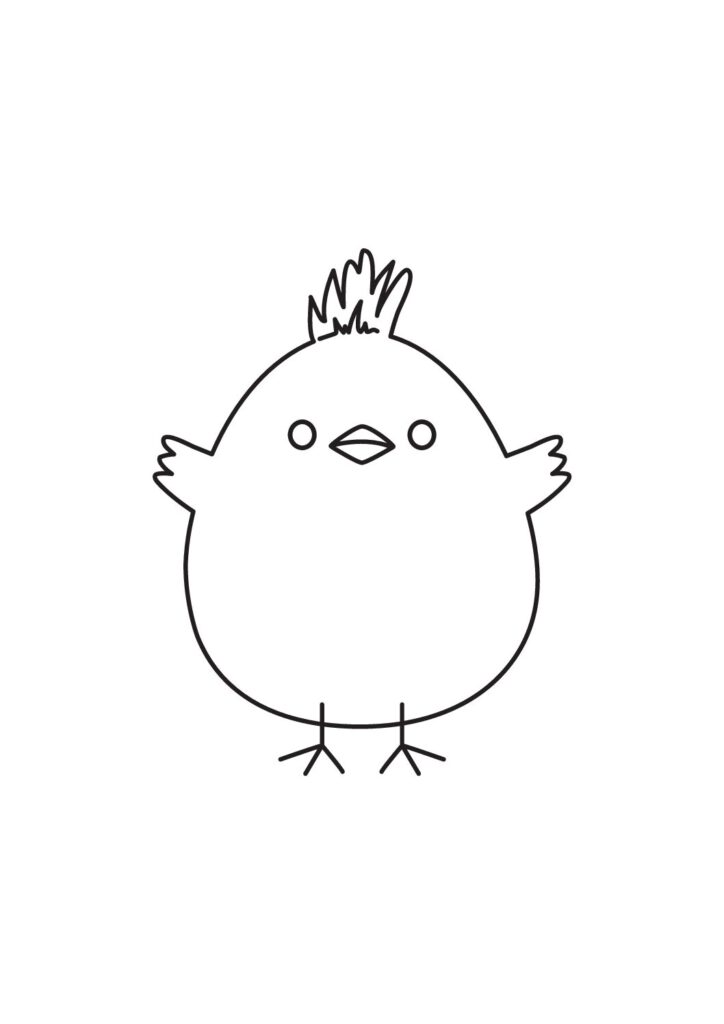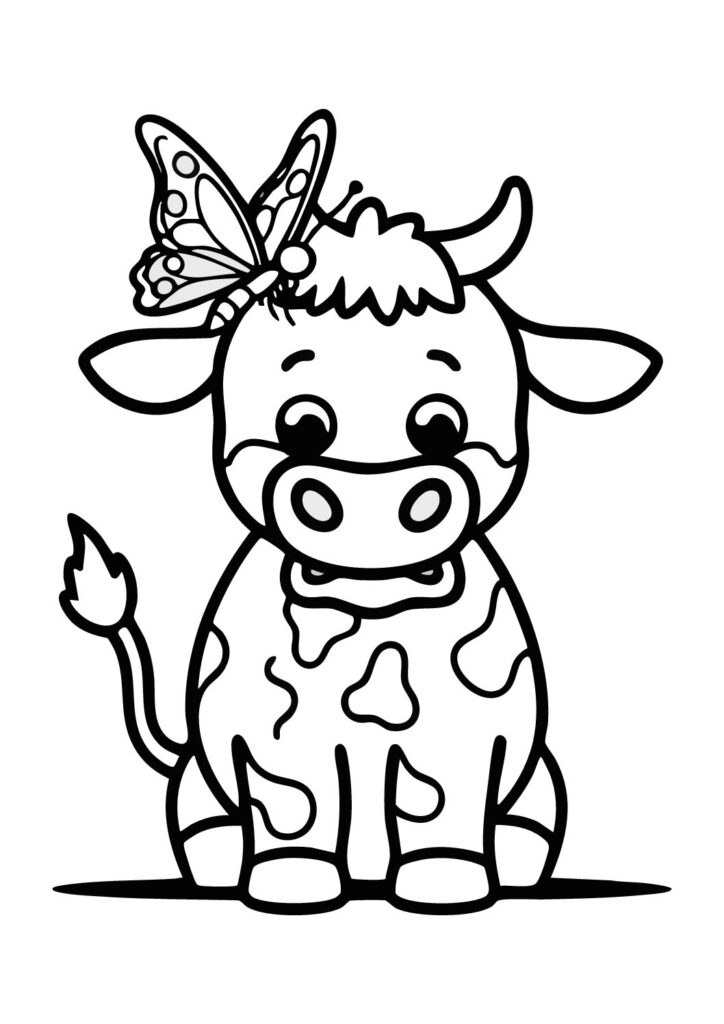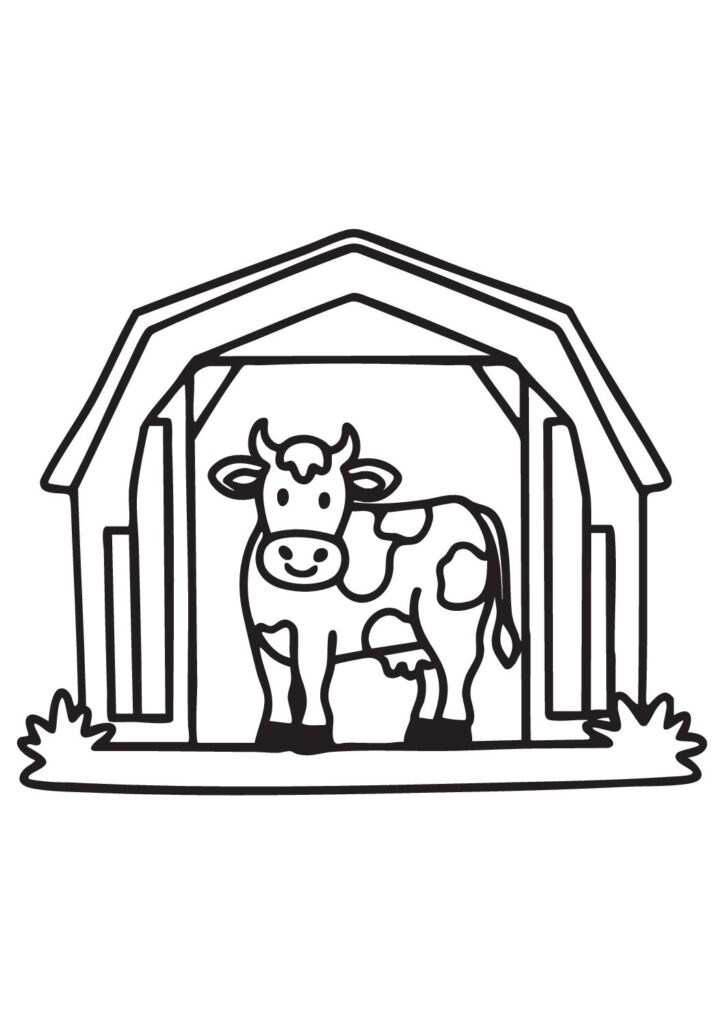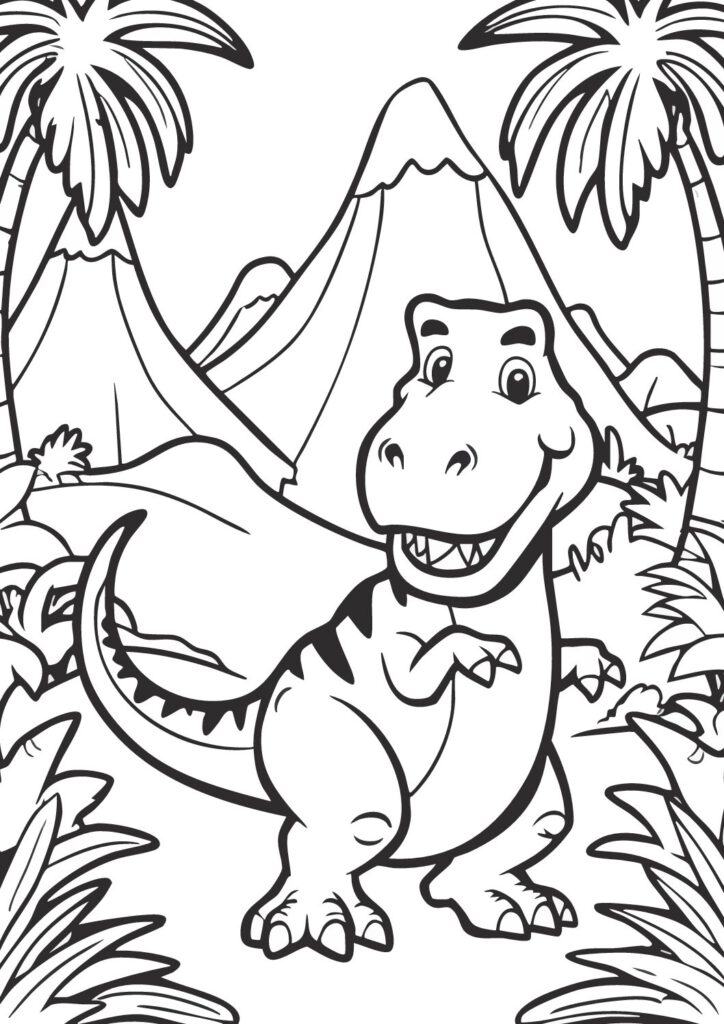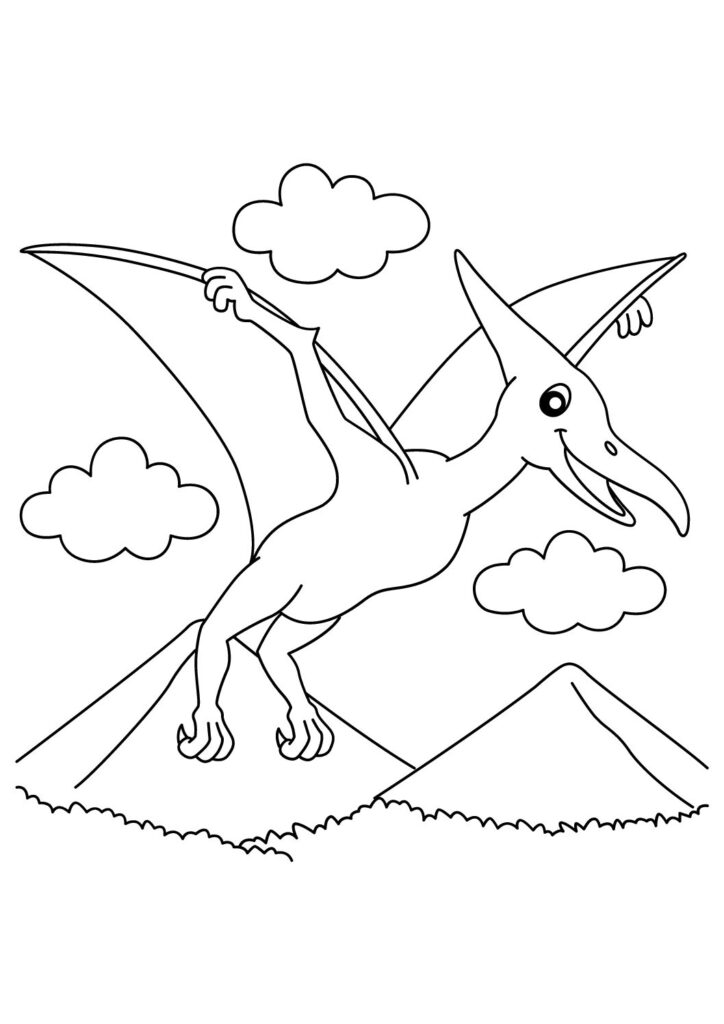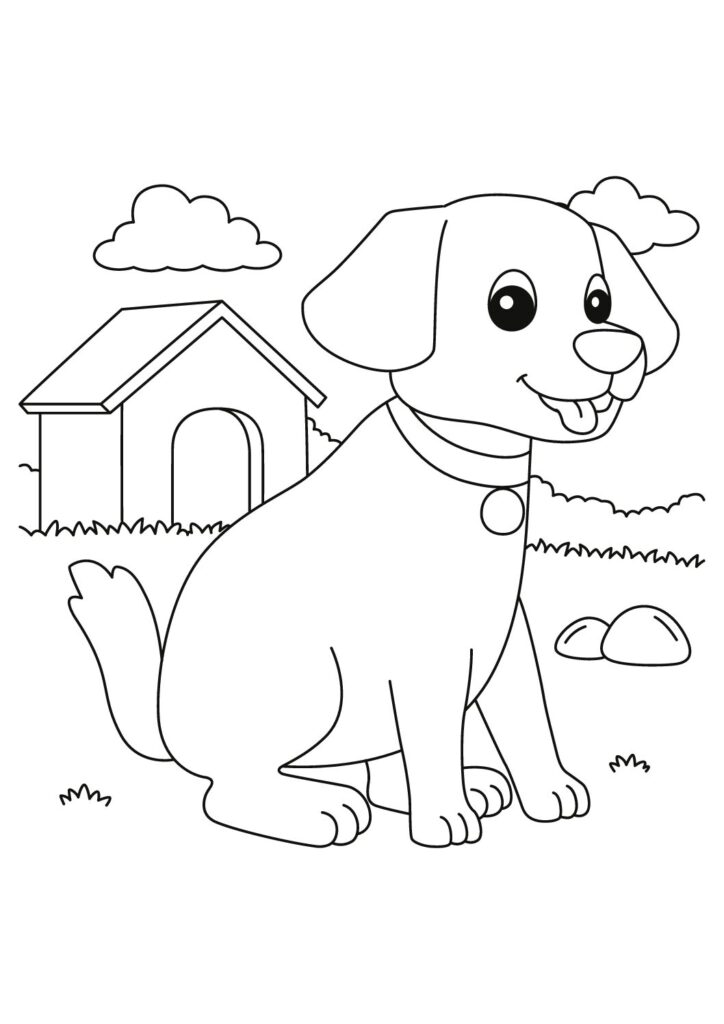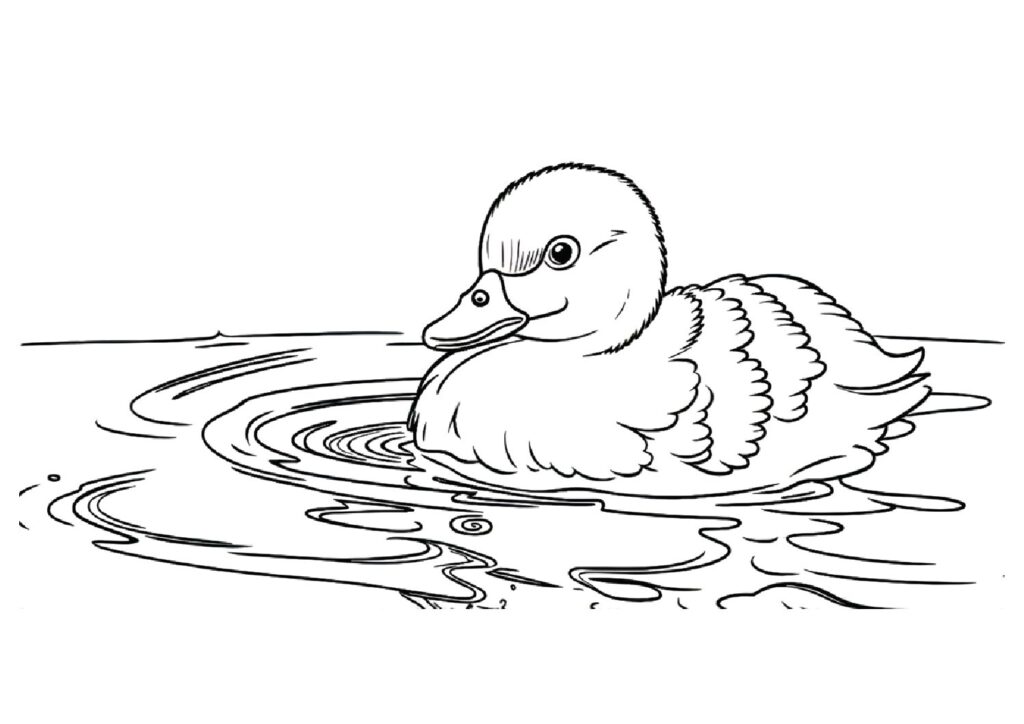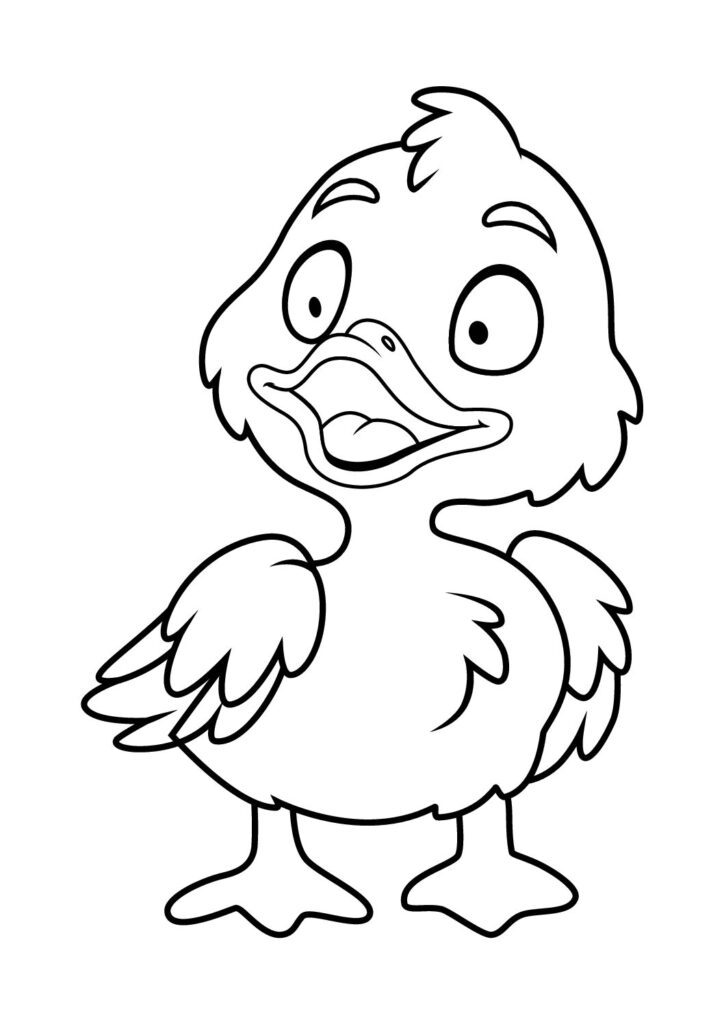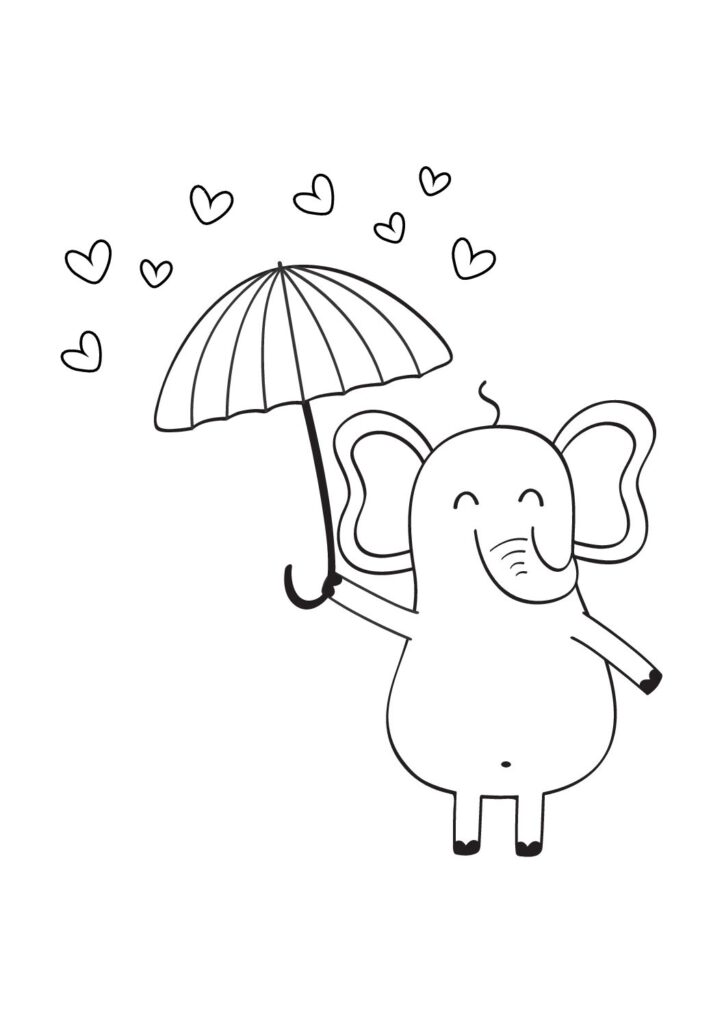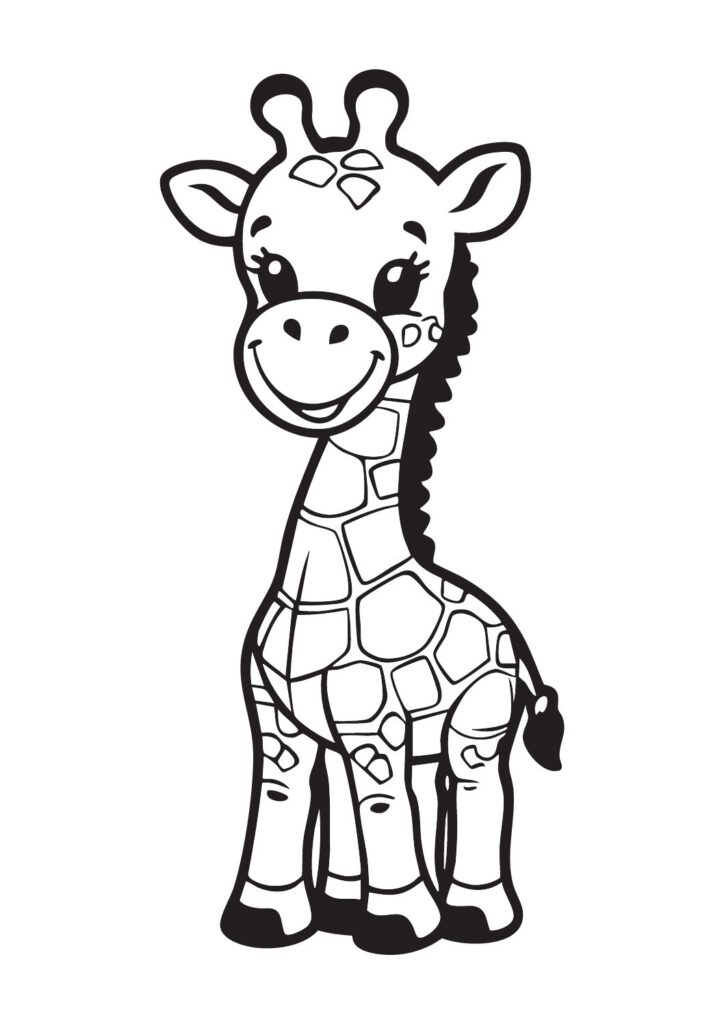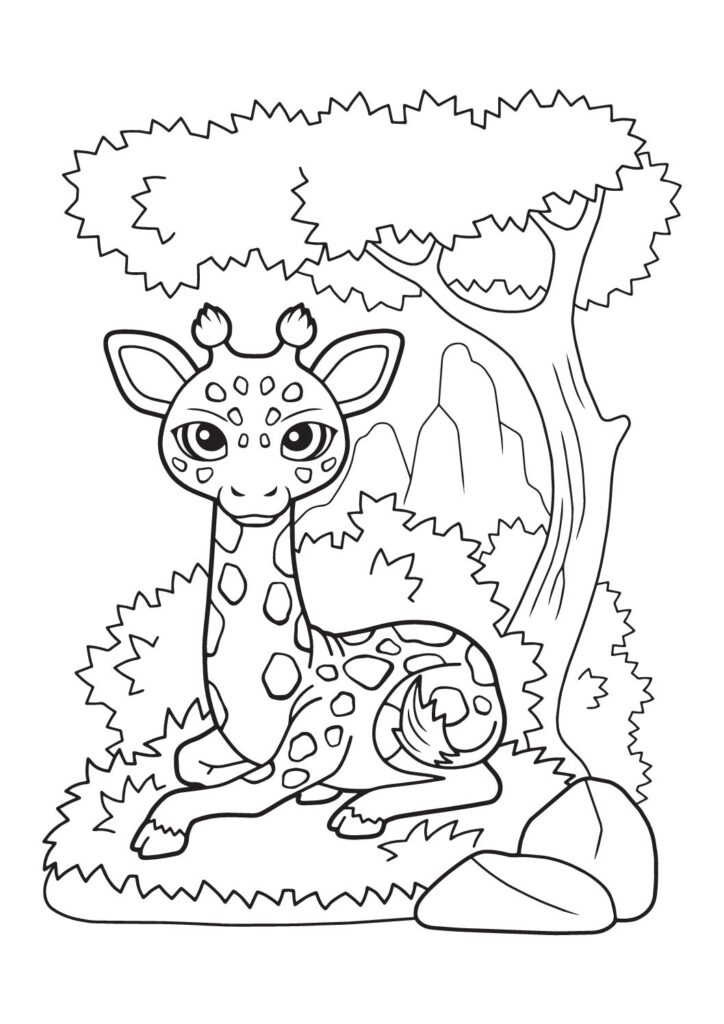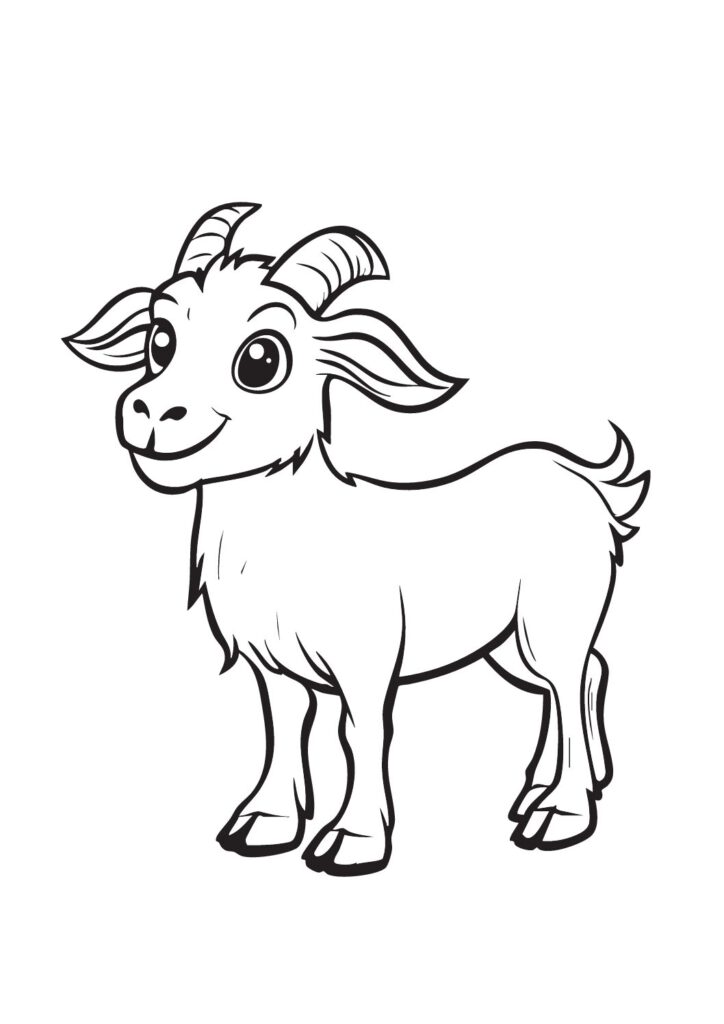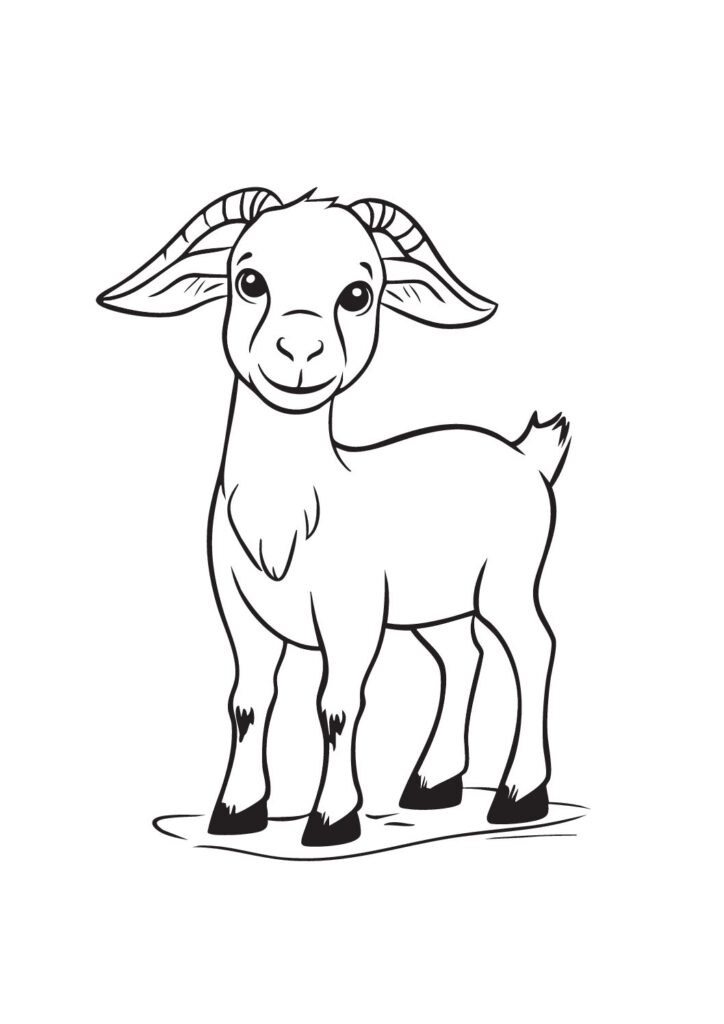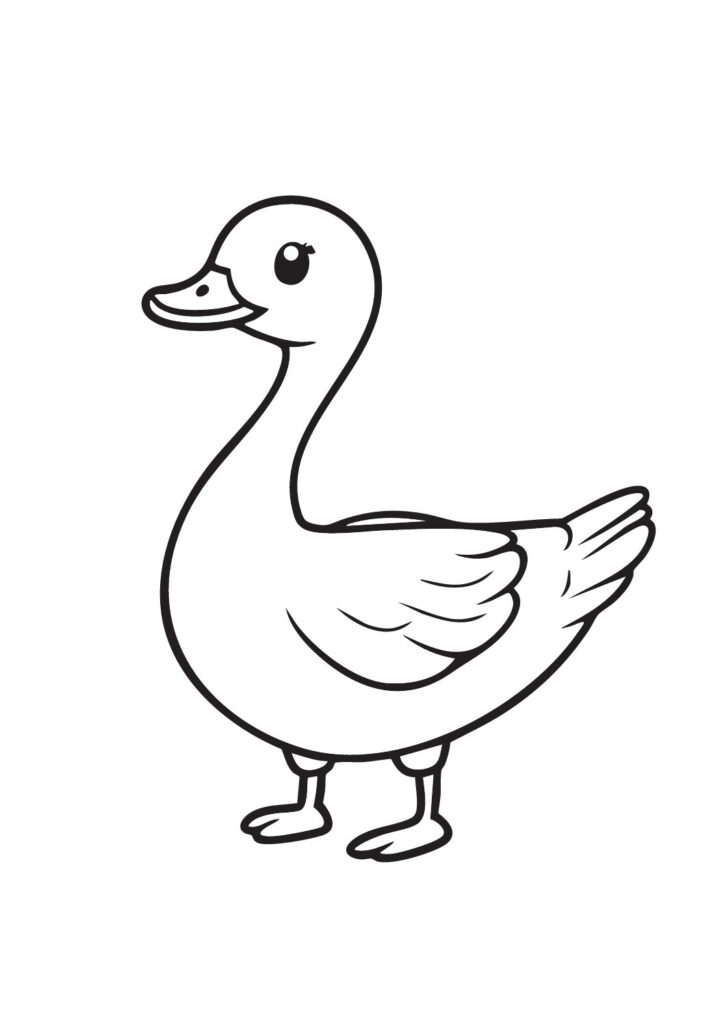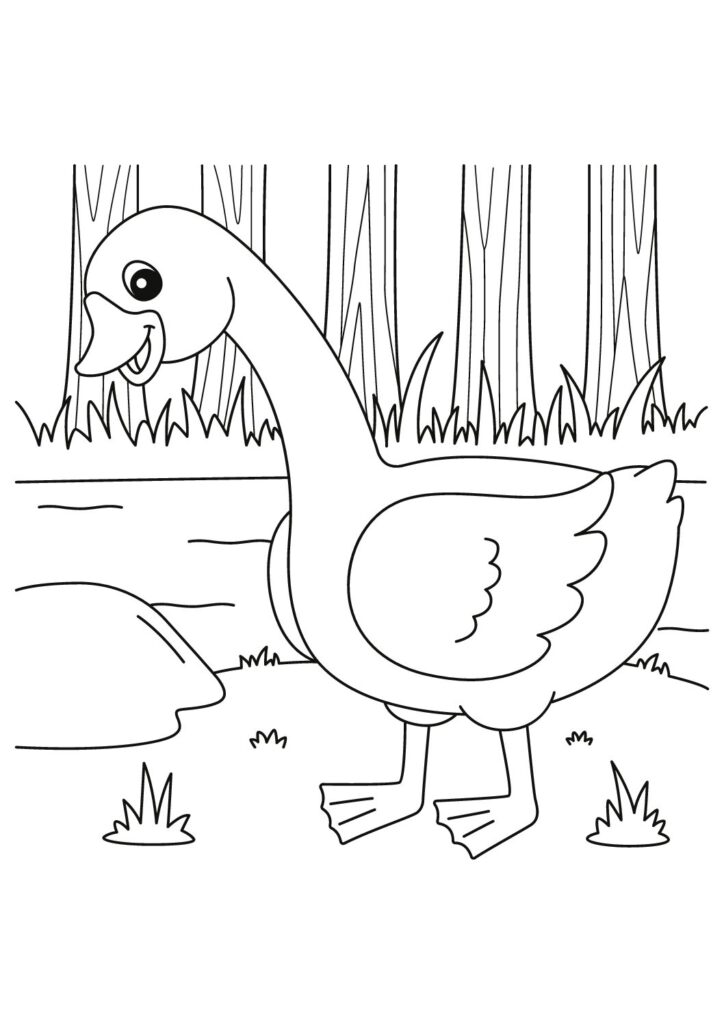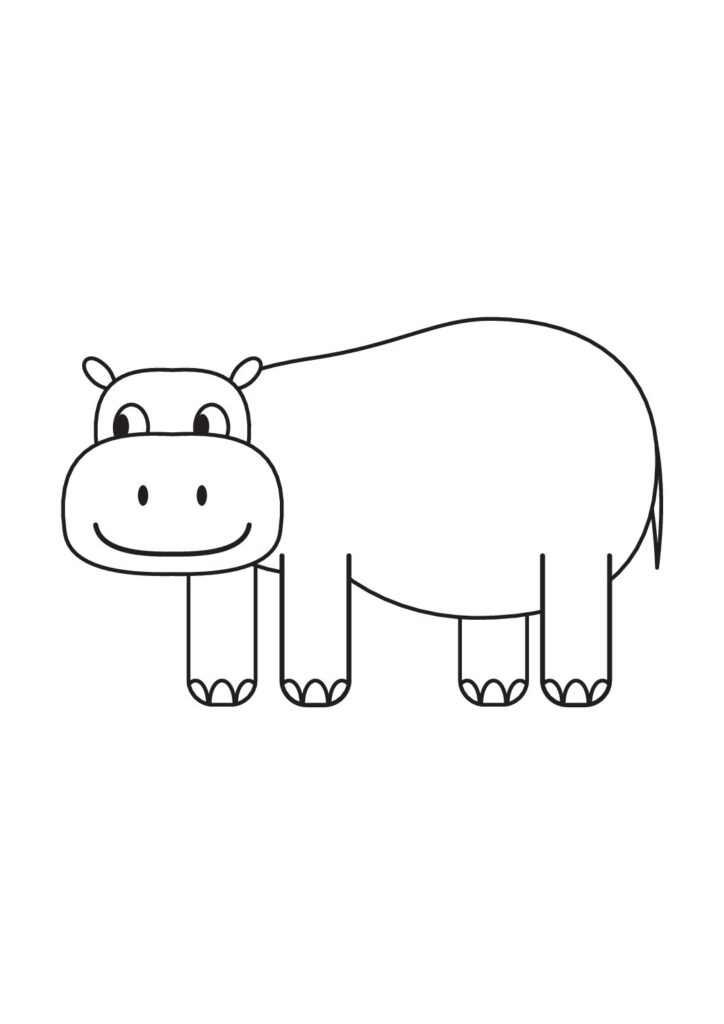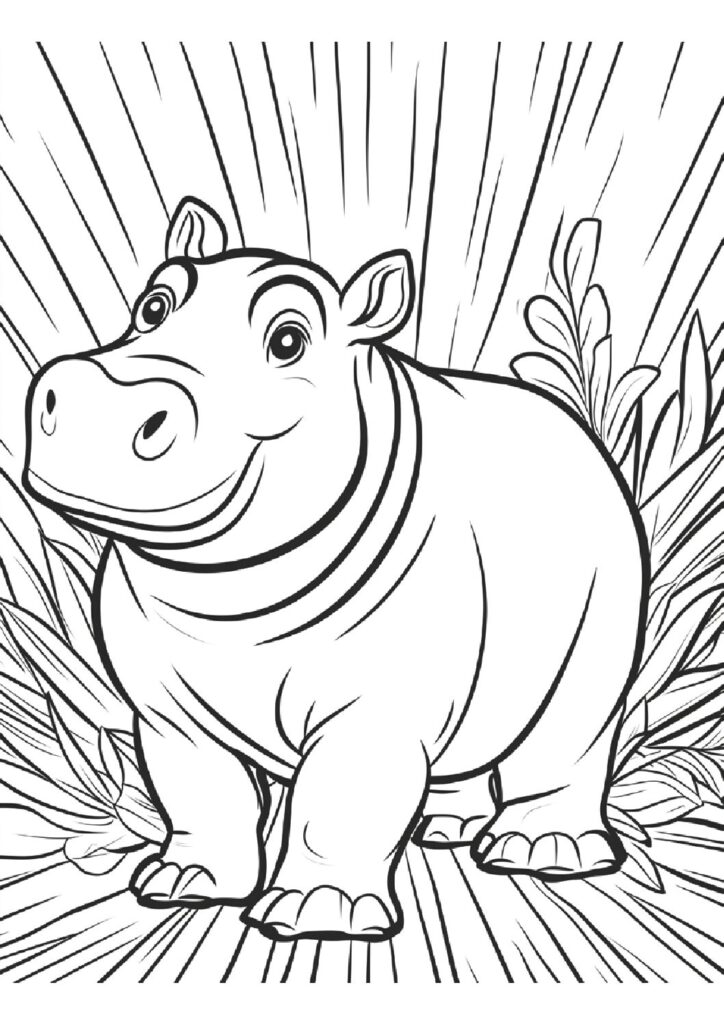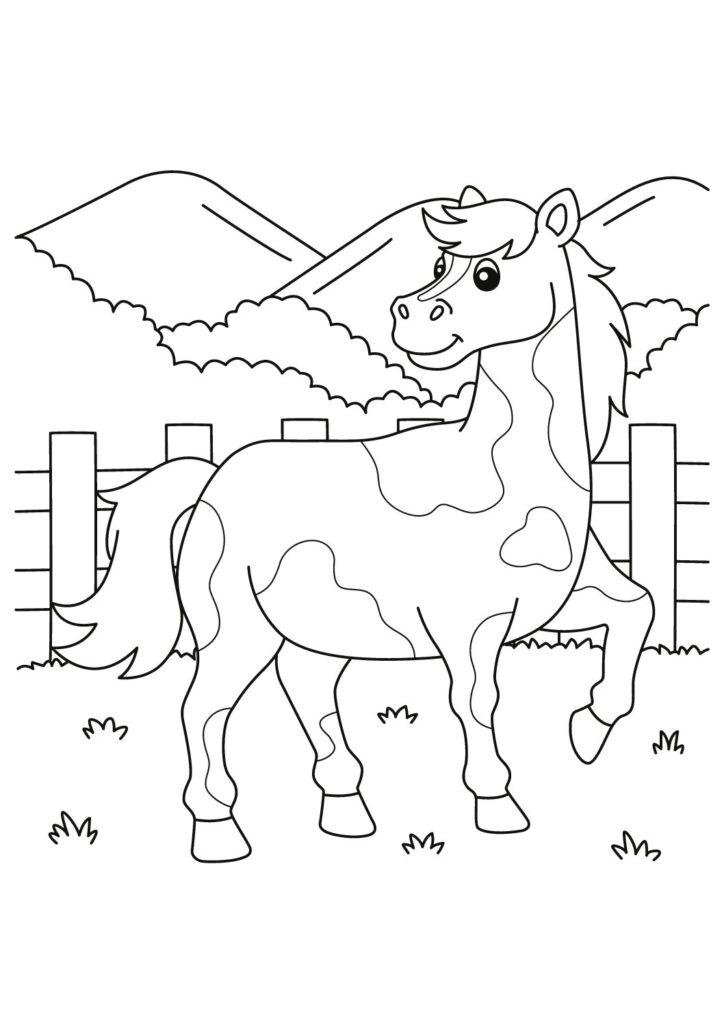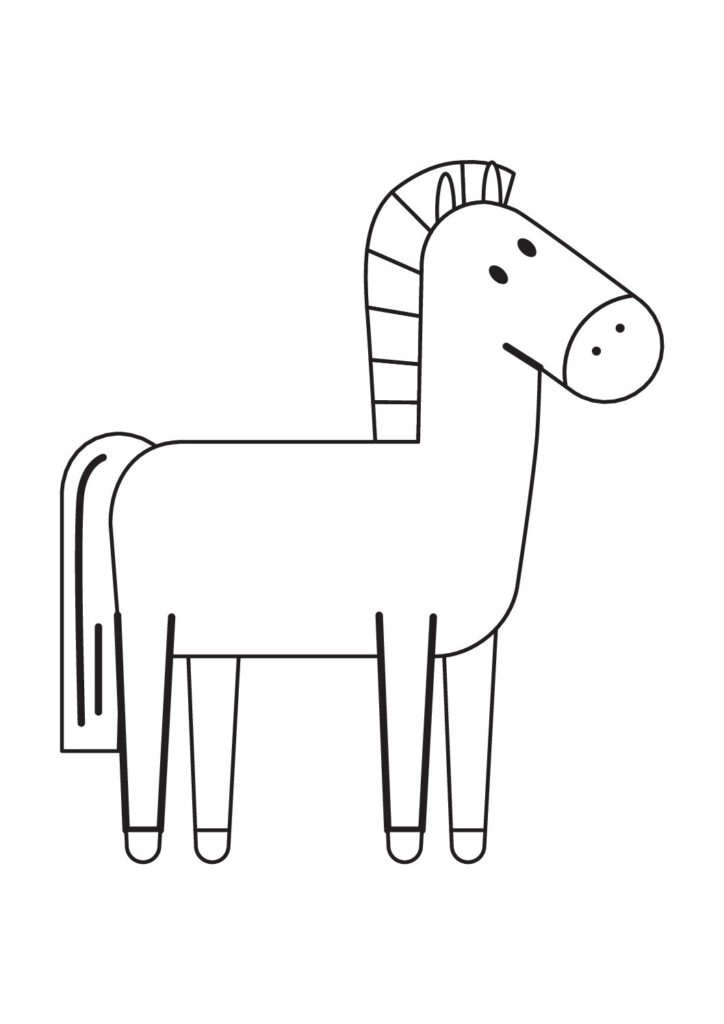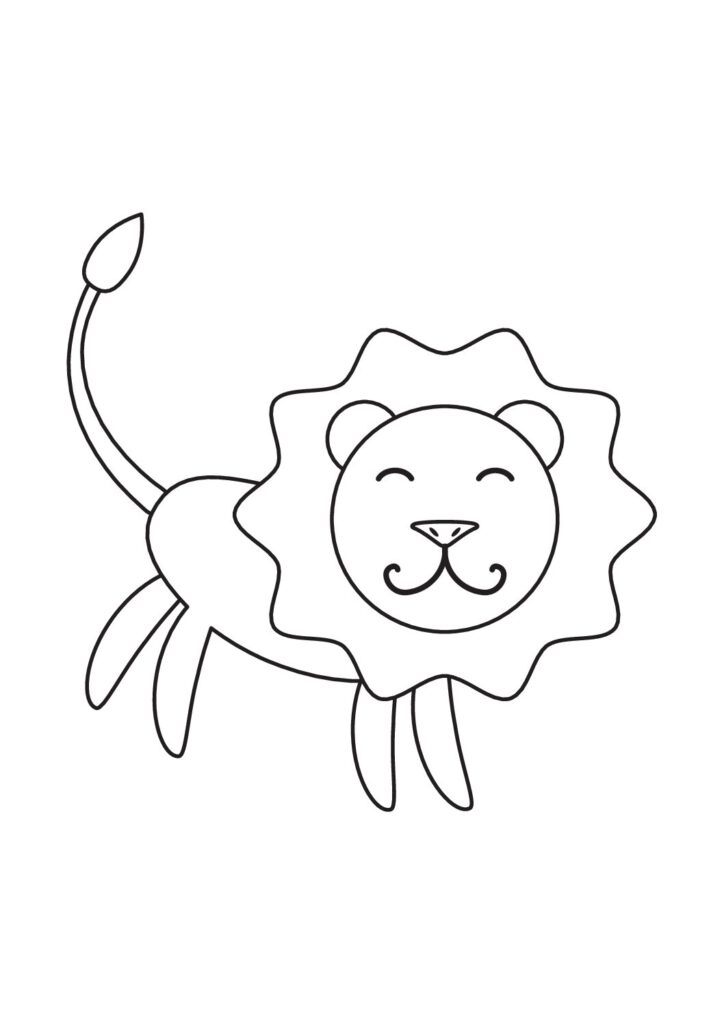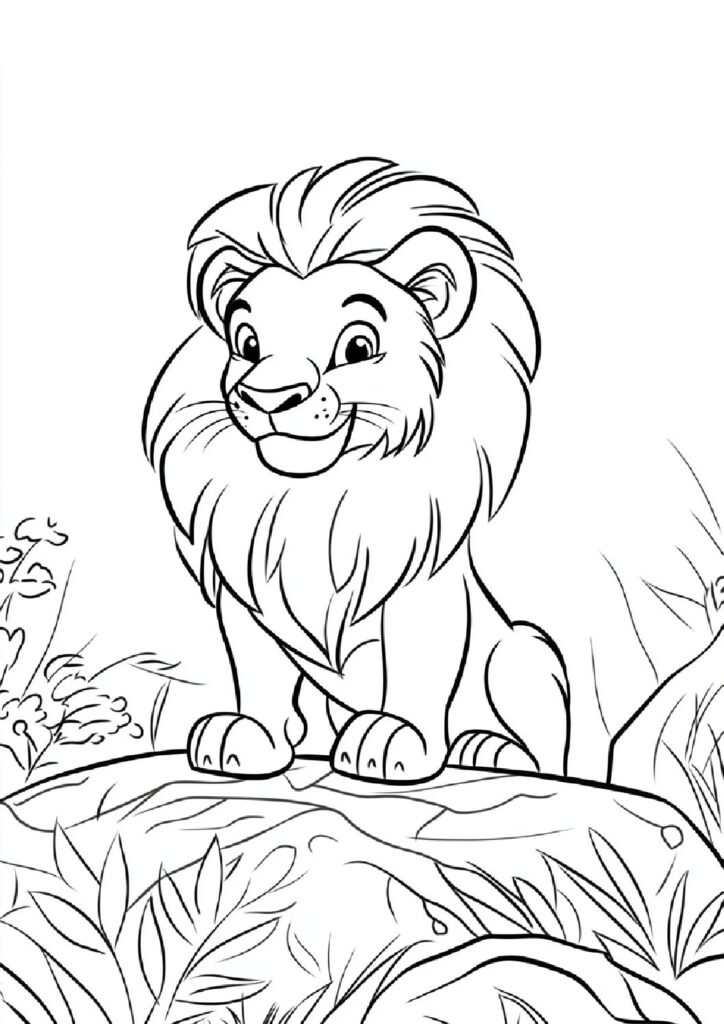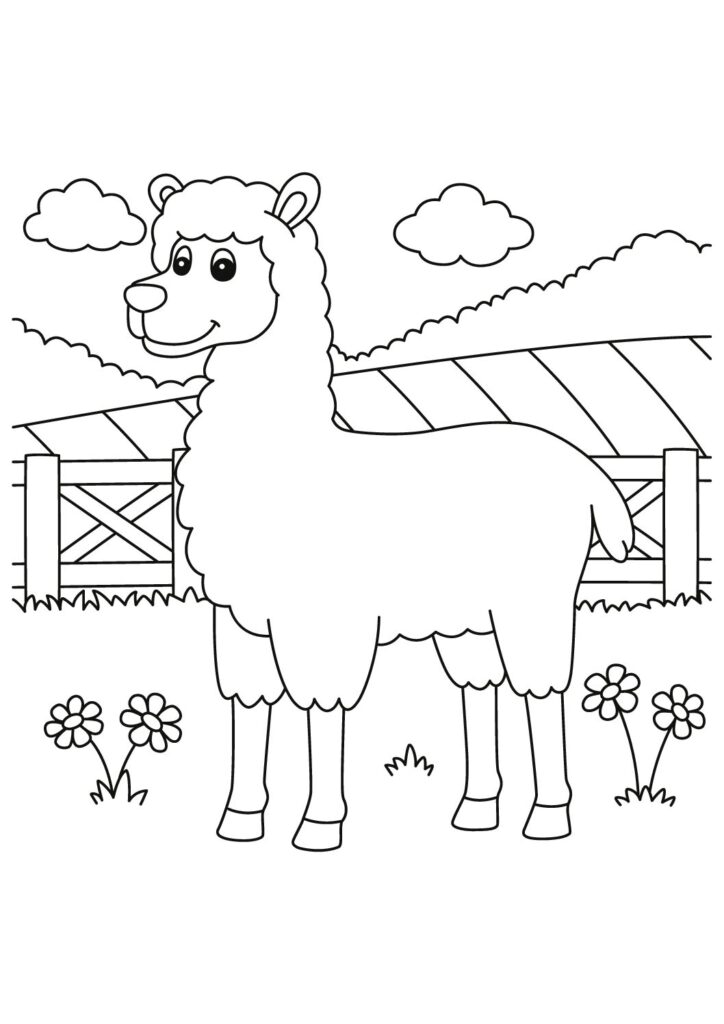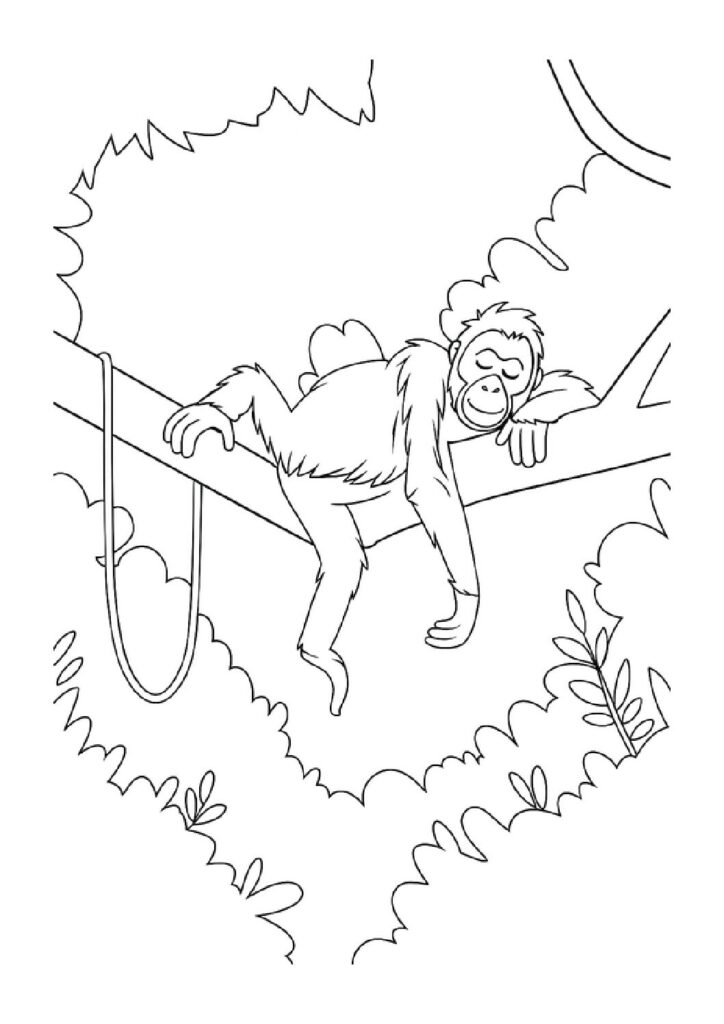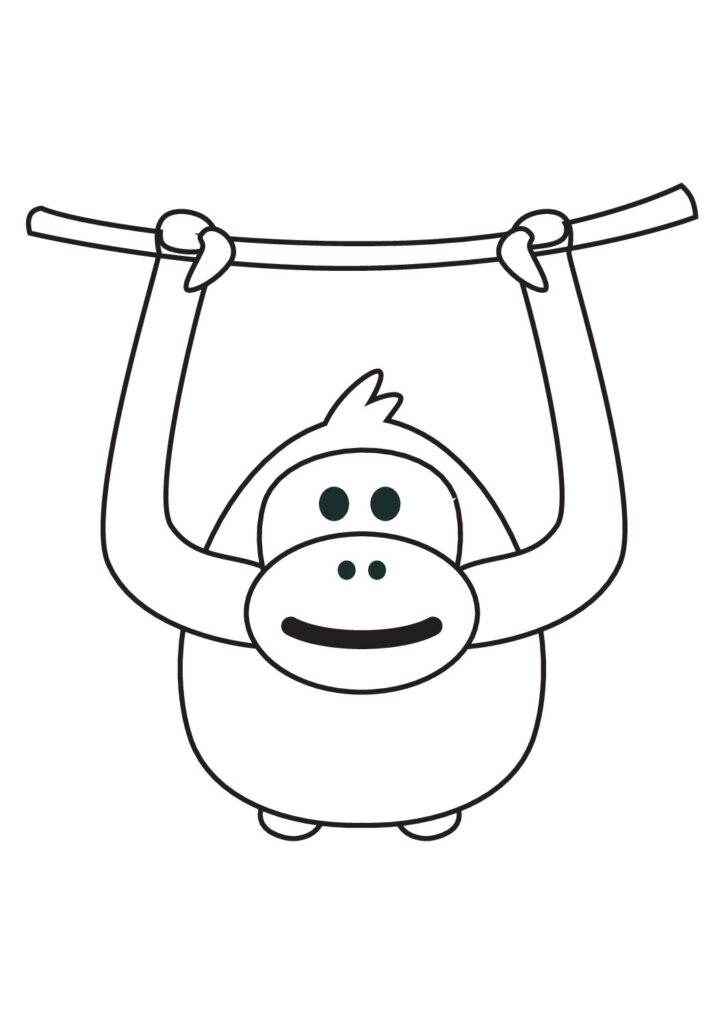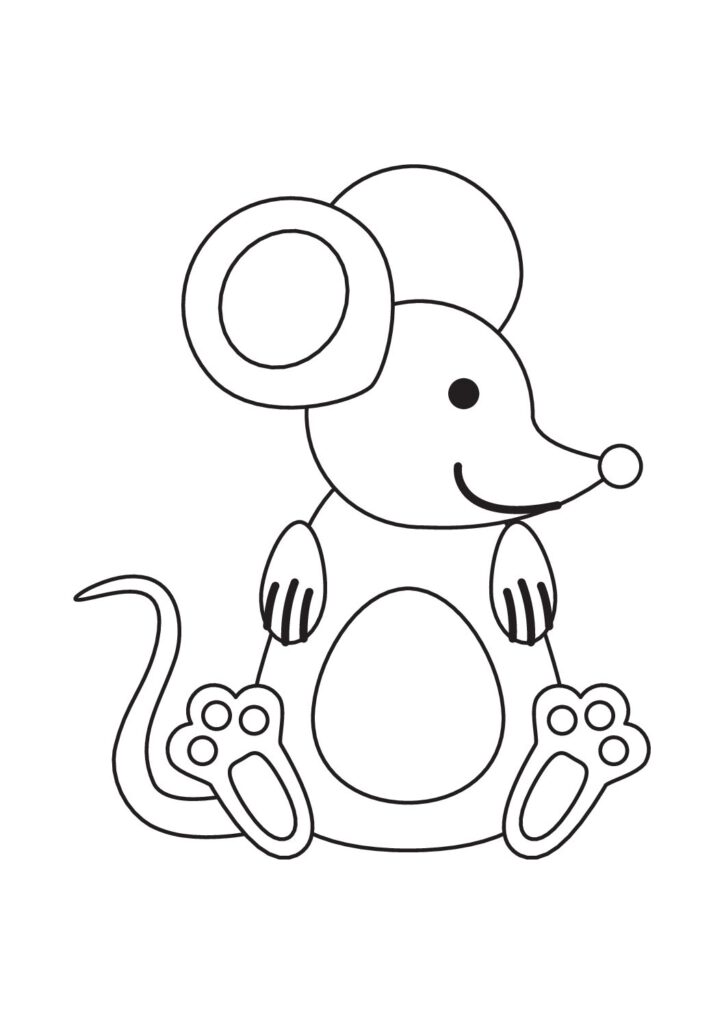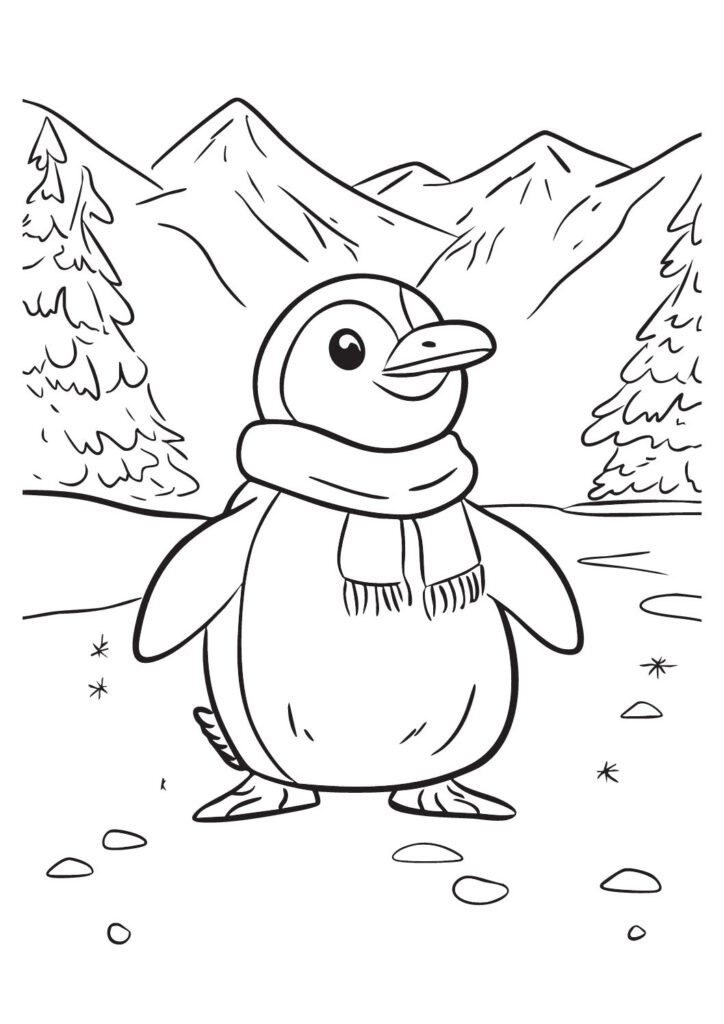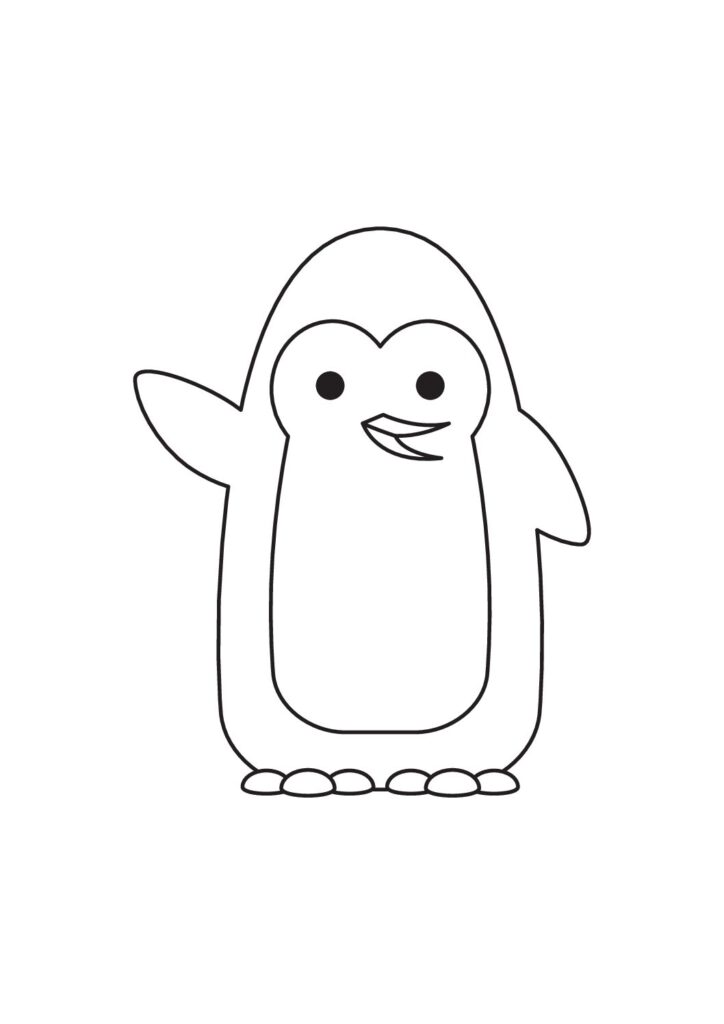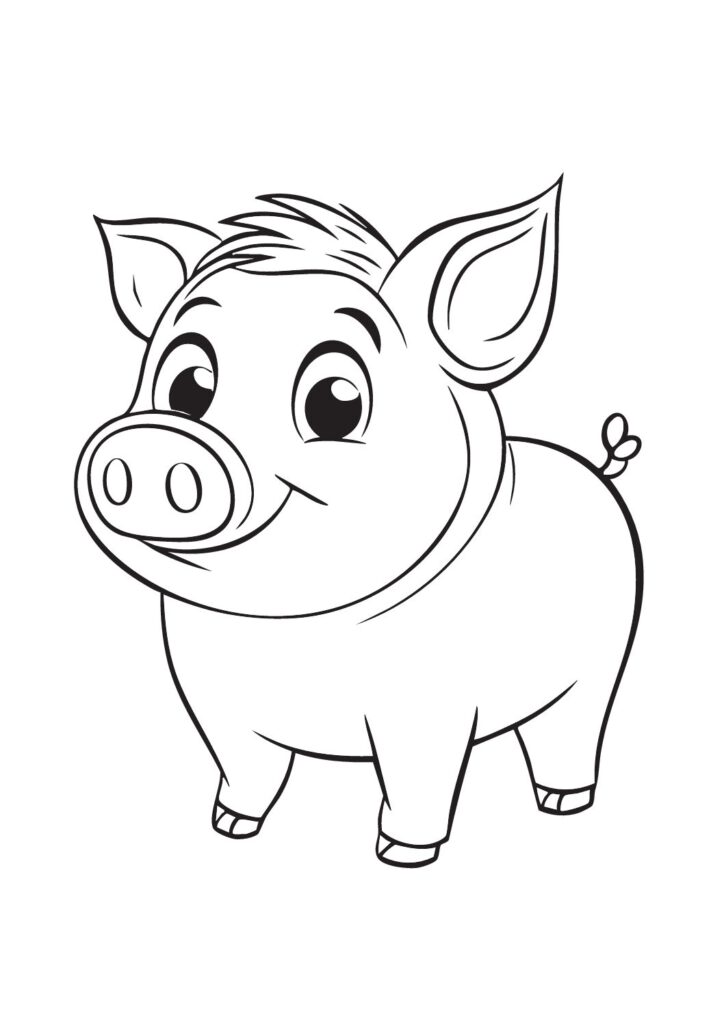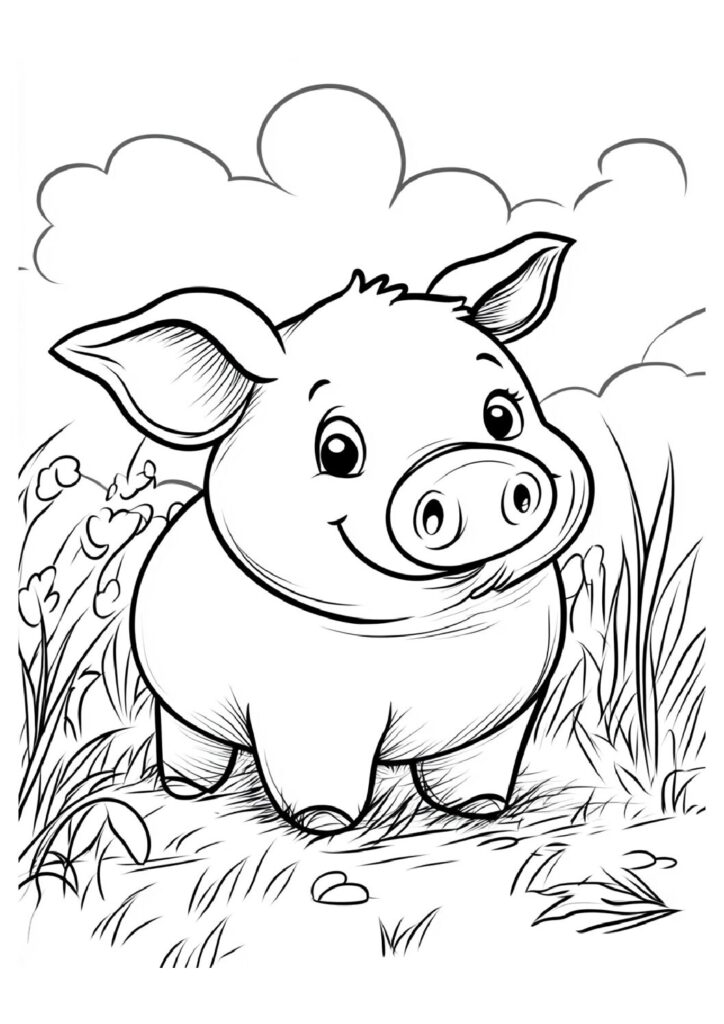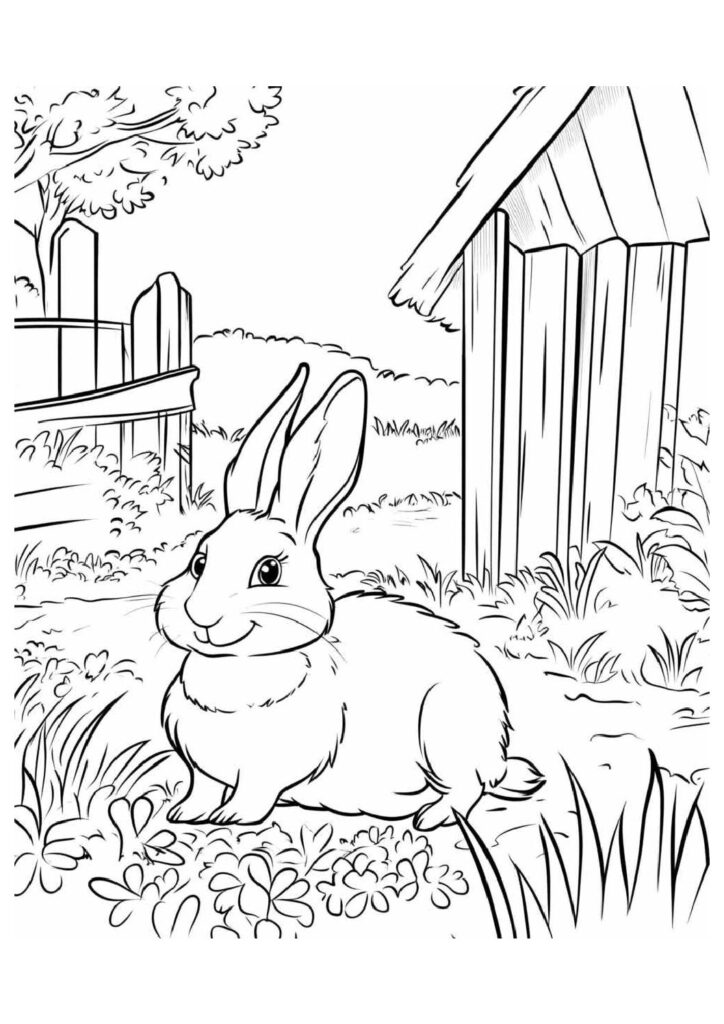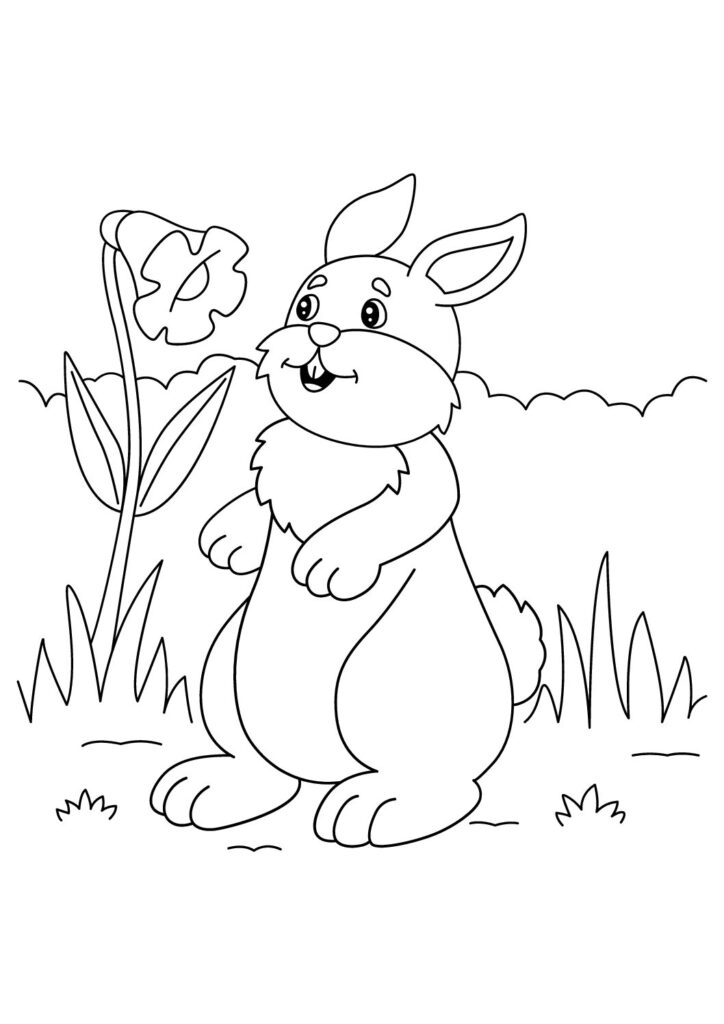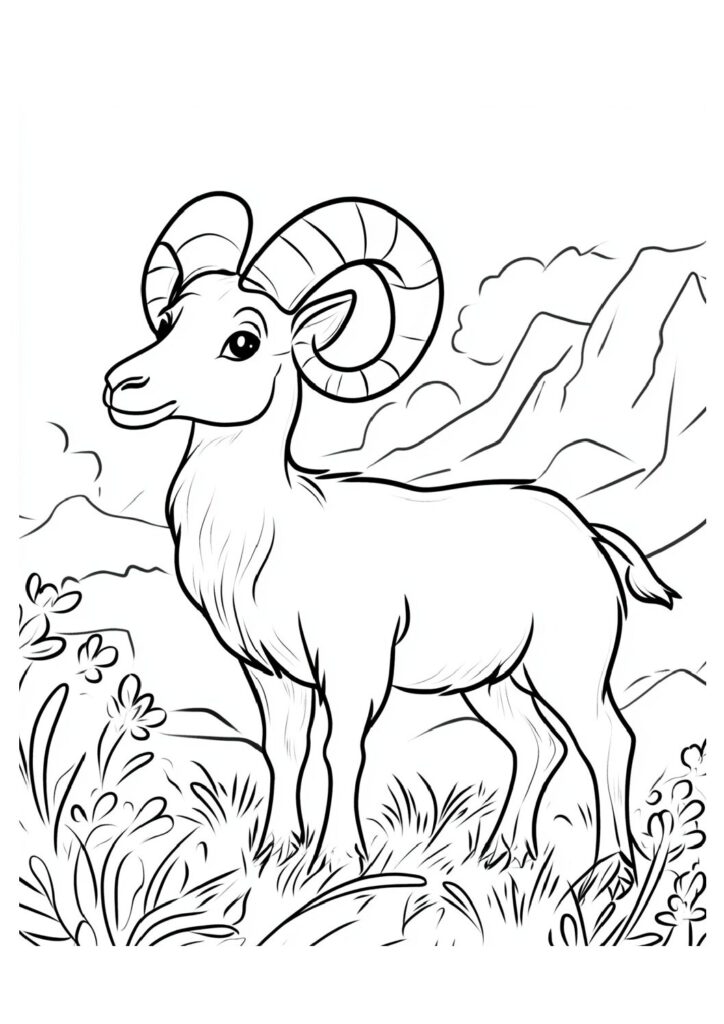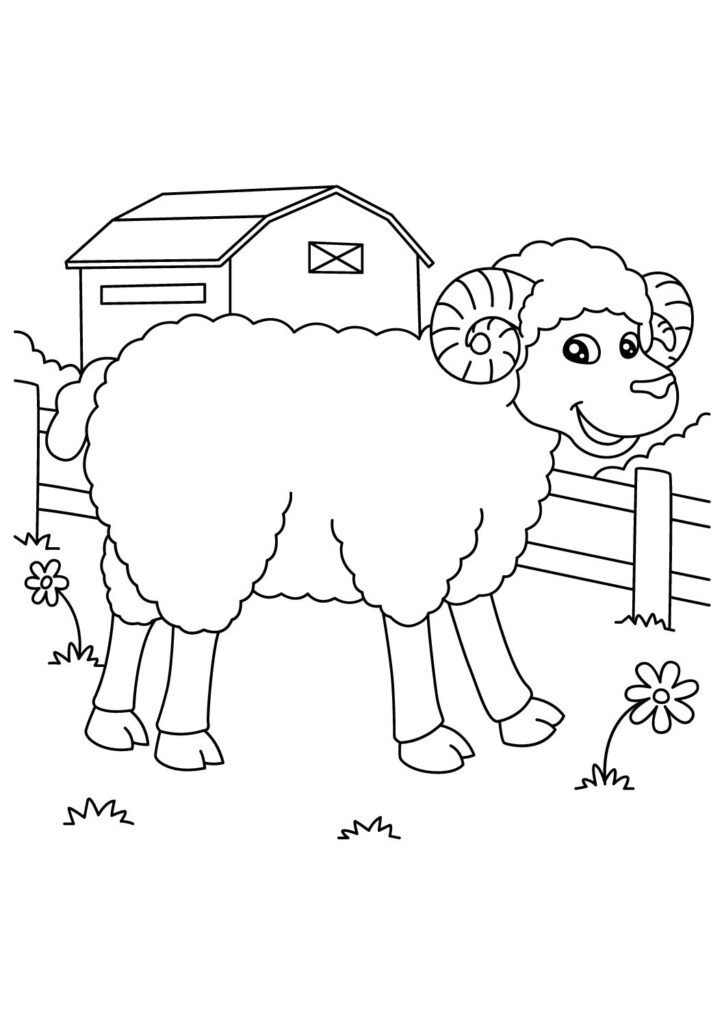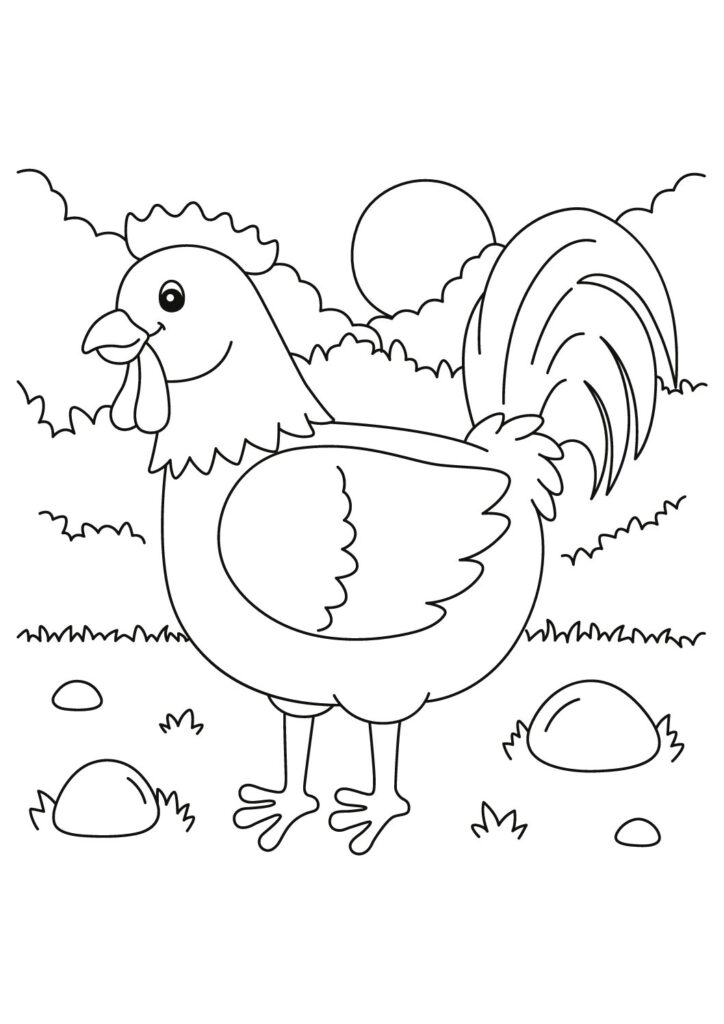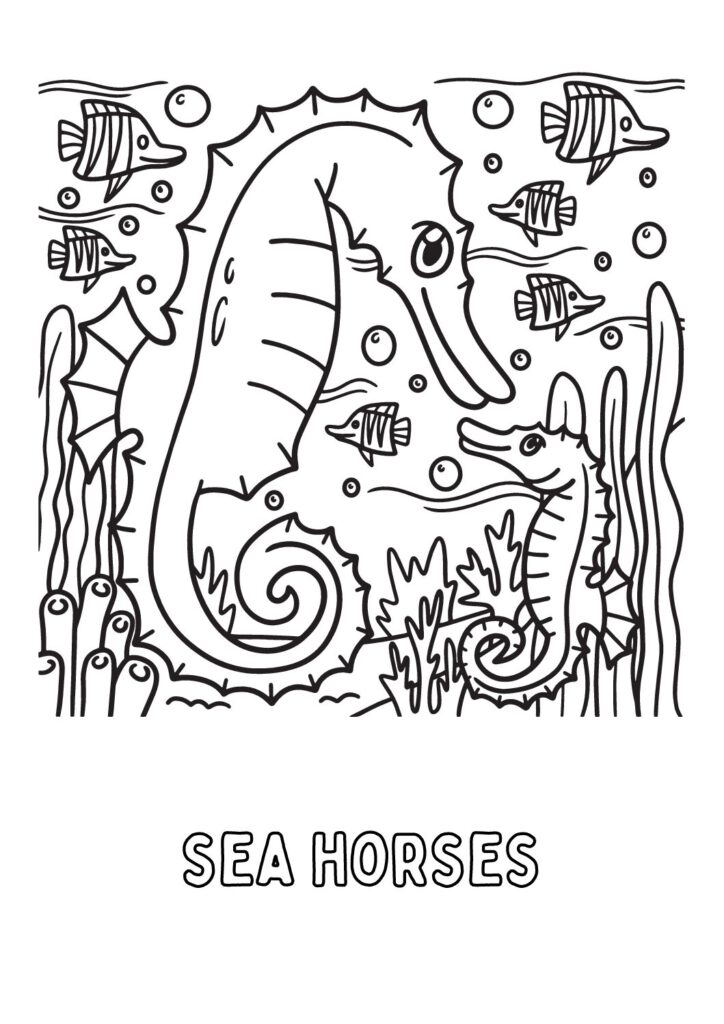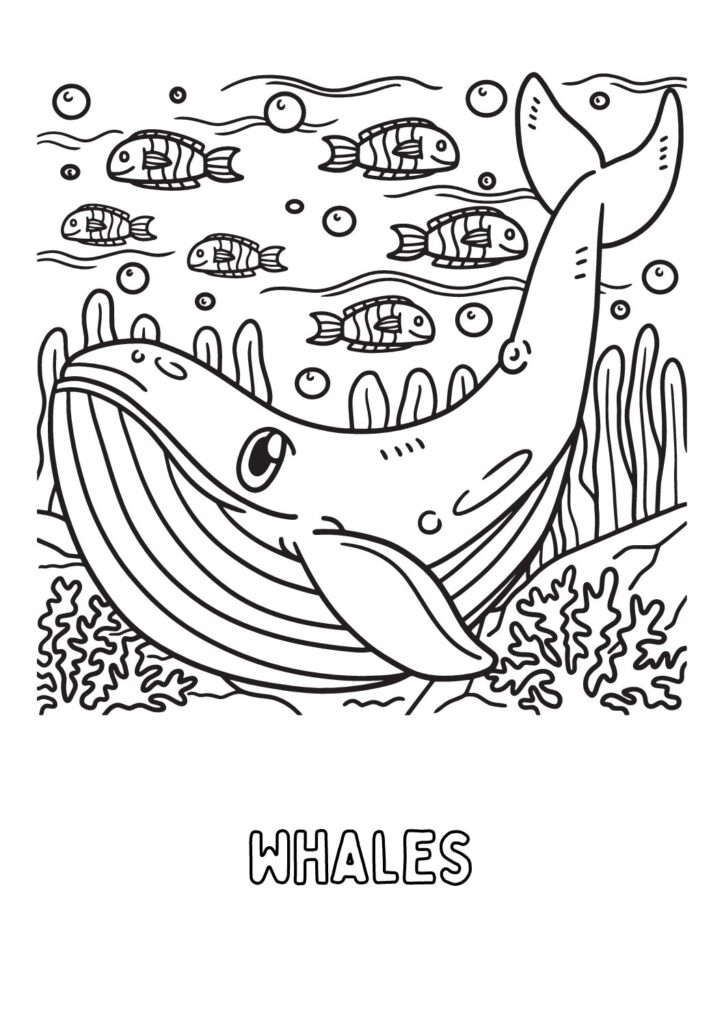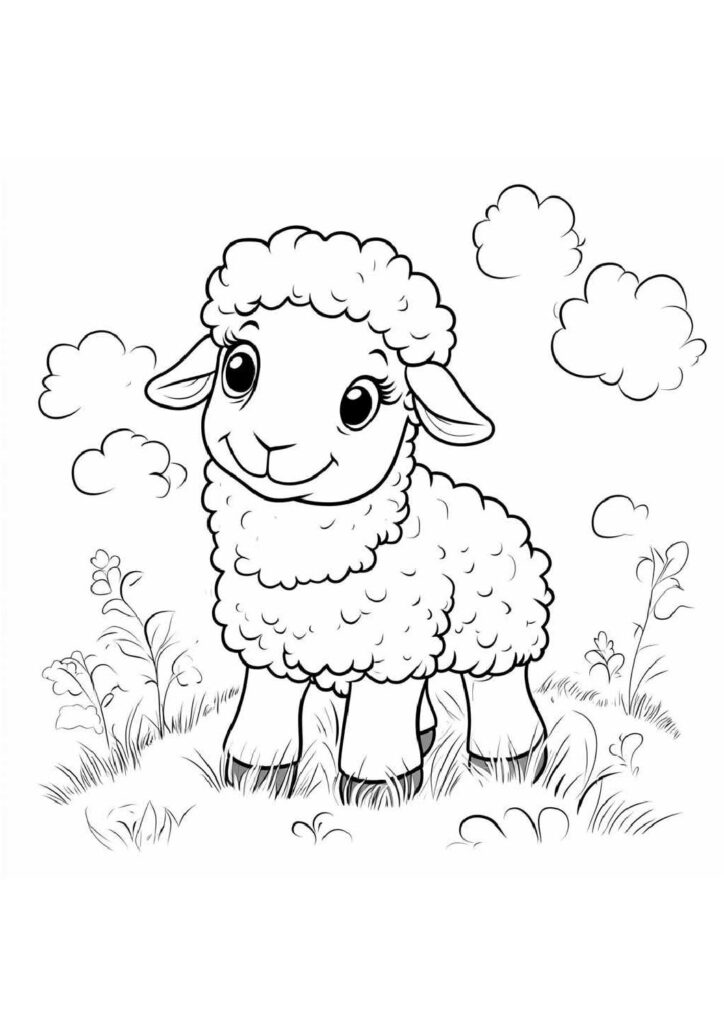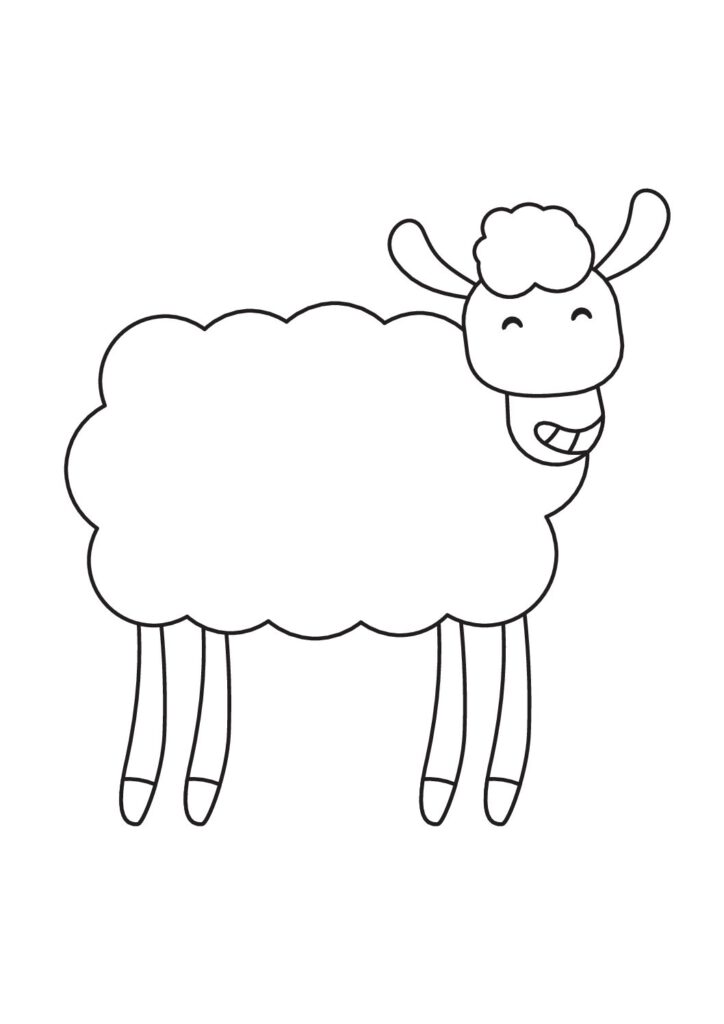3 Free Turkey Coloring Pages for Download (Printable PDF)
Gobble into our free printable collection of turkey coloring pages featuring these distinctive and traditional birds in their impressive displays! Download these high-quality sheets showcasing wild turkeys, Thanksgiving birds, and farm varieties displaying their magnificent tail feathers and unique wattles. Perfect for kids and seasonal craft enthusiasts, these detailed animal coloring pages capture the proud nature of these remarkable creatures known for their distinctive calls and impressive feather displays. Each printable sheet brings these beloved holiday birds to life, highlighting their fan-shaped tail feathers, distinctive red wattles, and characterful personalities!
Fascinating Turkey Facts: The Complete Guide to These Remarkable Birds
Introduction
Turkeys represent a uniquely American contribution to domesticated species, with wild turkeys (Meleagris gallopavo) native to North America and domestication beginning approximately 2,000 years ago by ancient Mexican civilizations. These impressive birds, belonging to the order Galliformes alongside chickens and pheasants, have evolved remarkable adaptations including extraordinary vision, complex social behaviors, and impressive physical capabilities that helped them survive as ground-dwelling birds despite numerous predators throughout their native woodlands.
Impressive Visual Capabilities
Turkeys possess some of the most extraordinary vision in the avian world, with eyes positioned on the sides of their head providing nearly 270-degree field of view without turning. Their exceptional color perception includes the ability to see ultraviolet light invisible to humans, while their motion detection capabilities significantly exceed human vision—adaptations that allow them to spot predators at remarkable distances. This visual prowess explains why wild turkeys rank among North America’s most challenging and wary game birds despite their large size.
Communication Complexity
These social birds utilize a sophisticated vocal communication system featuring over 20 distinct calls conveying specific messages ranging from alarm signals to mating availability. Their distinctive gobbling can travel over a mile through forest environments, while hens use specific “assembly calls” that their poults (chicks) recognize individually from among other hens’ calls. This complex communication begins before hatching, with embryos “clicking” to synchronize development timing while still inside their eggs.
Physical Prowess
Despite their hefty appearance, turkeys demonstrate remarkable agility, capable of running at speeds reaching 25 mph and flying in explosive bursts exceeding 55 mph, though typically for limited distances. Wild turkeys regularly roost in trees 40-50 feet high, flying up each evening despite weights sometimes exceeding 25 pounds. Their powerful legs enable males to engage in hours of energetic courtship displays during breeding season, while providing effective defense against smaller predators through powerful kicks.
Social Intelligence
Turkeys maintain complex social structures with distinct hierarchies that determine access to resources and breeding opportunities. Wild flocks demonstrate cooperative vigilance with individuals taking turns watching for threats while others feed, strategically positioning sentinels at the perimeter. Contrary to popular misconceptions about their intelligence, turkeys display sophisticated problem-solving abilities including memory for specific geographic locations spanning multiple years and recognition of individual humans and predators they’ve encountered previously.
Remarkable Adaptability
While nearly eliminated from North America by the early 1900s through overhunting and habitat loss, wild turkeys have staged one of conservation’s greatest comeback stories, successfully reestablishing populations throughout their historical range and beyond. This remarkable recovery demonstrates their exceptional adaptability to diverse environments from desert regions to suburban interfaces, with populations now established in every continental U.S. state despite requiring specific habitat combinations for roosting, nesting, and foraging.
Cultural Significance
Turkeys maintain profound cultural importance across North America, from their sacred status among several Native American tribes to their consideration (advocated by Benjamin Franklin) as a potential national symbol instead of the bald eagle. Their central role in Thanksgiving celebrations established them as an iconic American food tradition, though the domesticated breeds consumed today bear little resemblance to their wild ancestors in either appearance or behavior, representing one of the most dramatic examples of selective breeding’s impact on a species.
